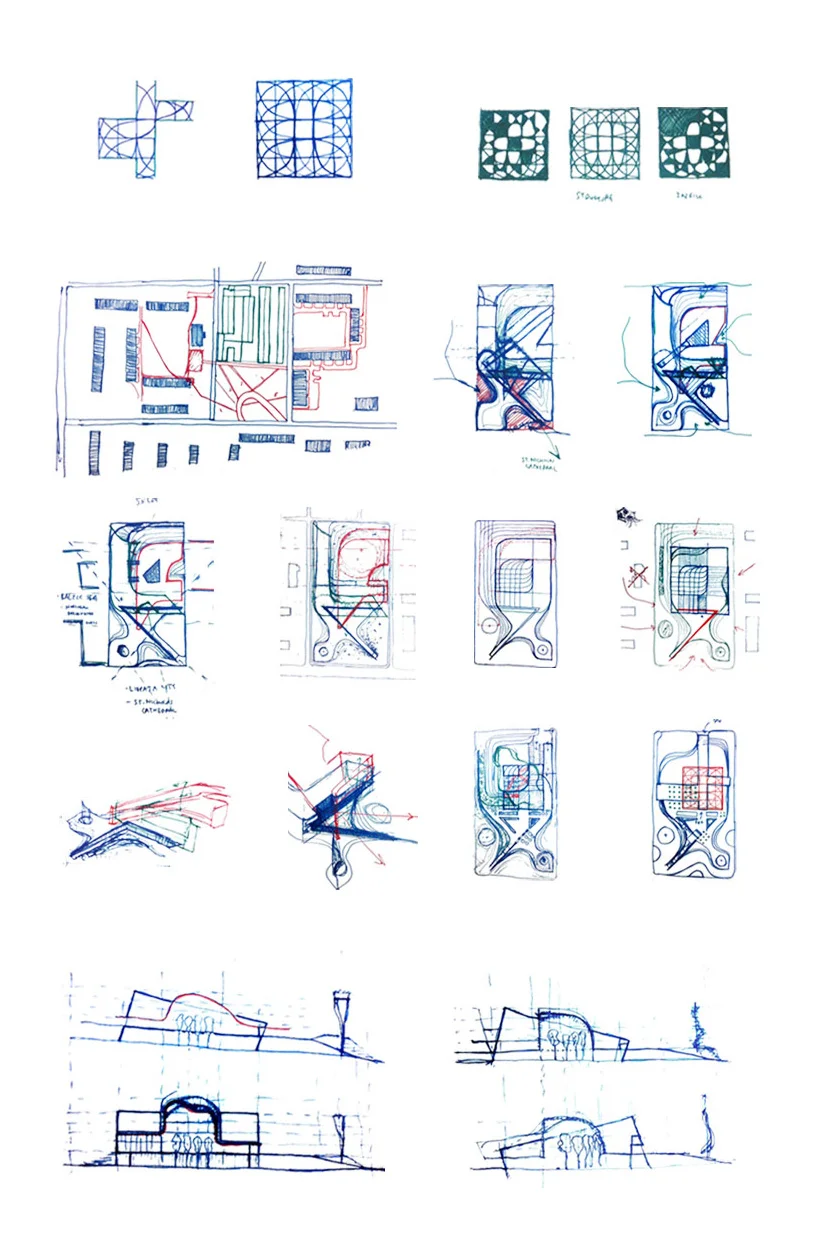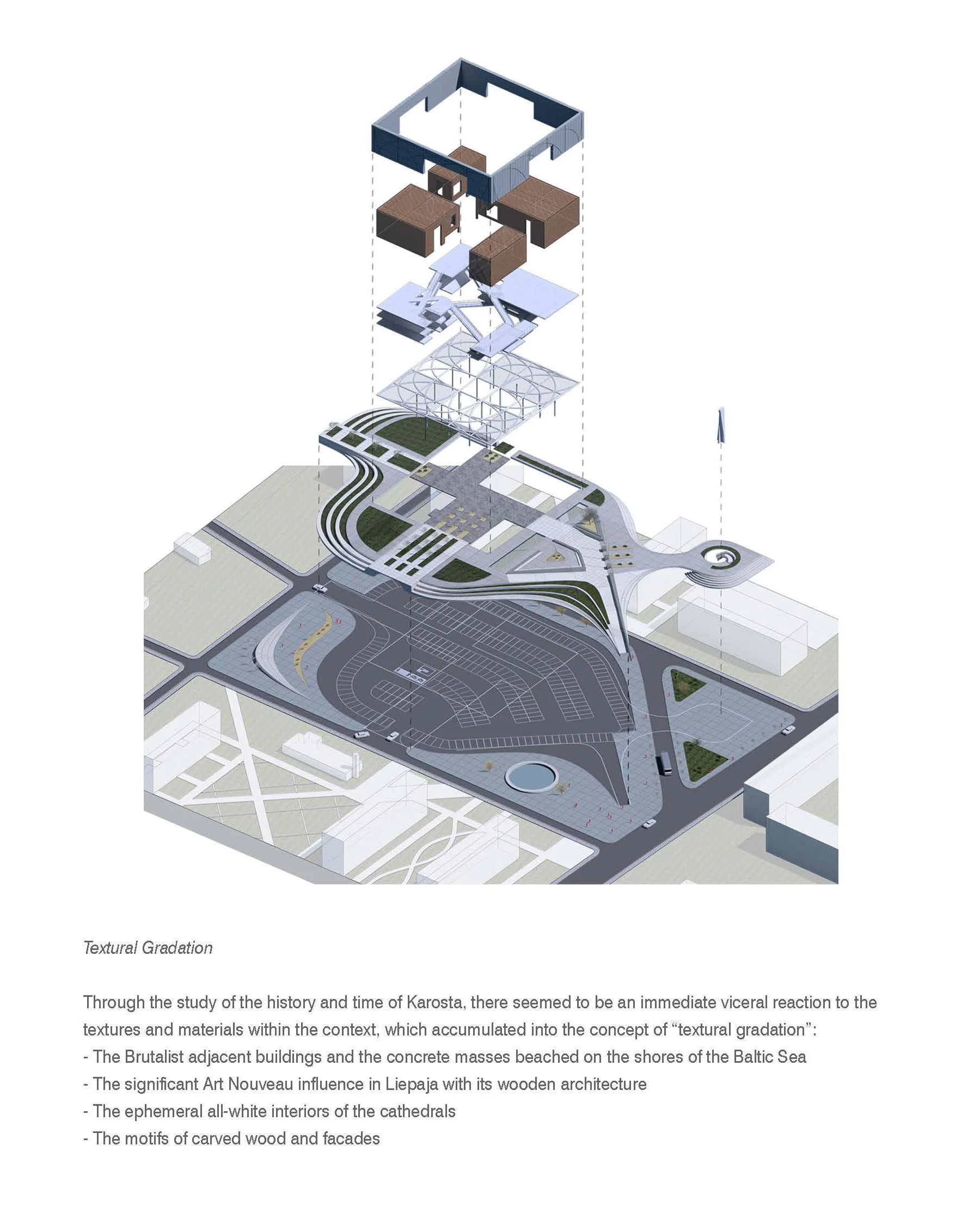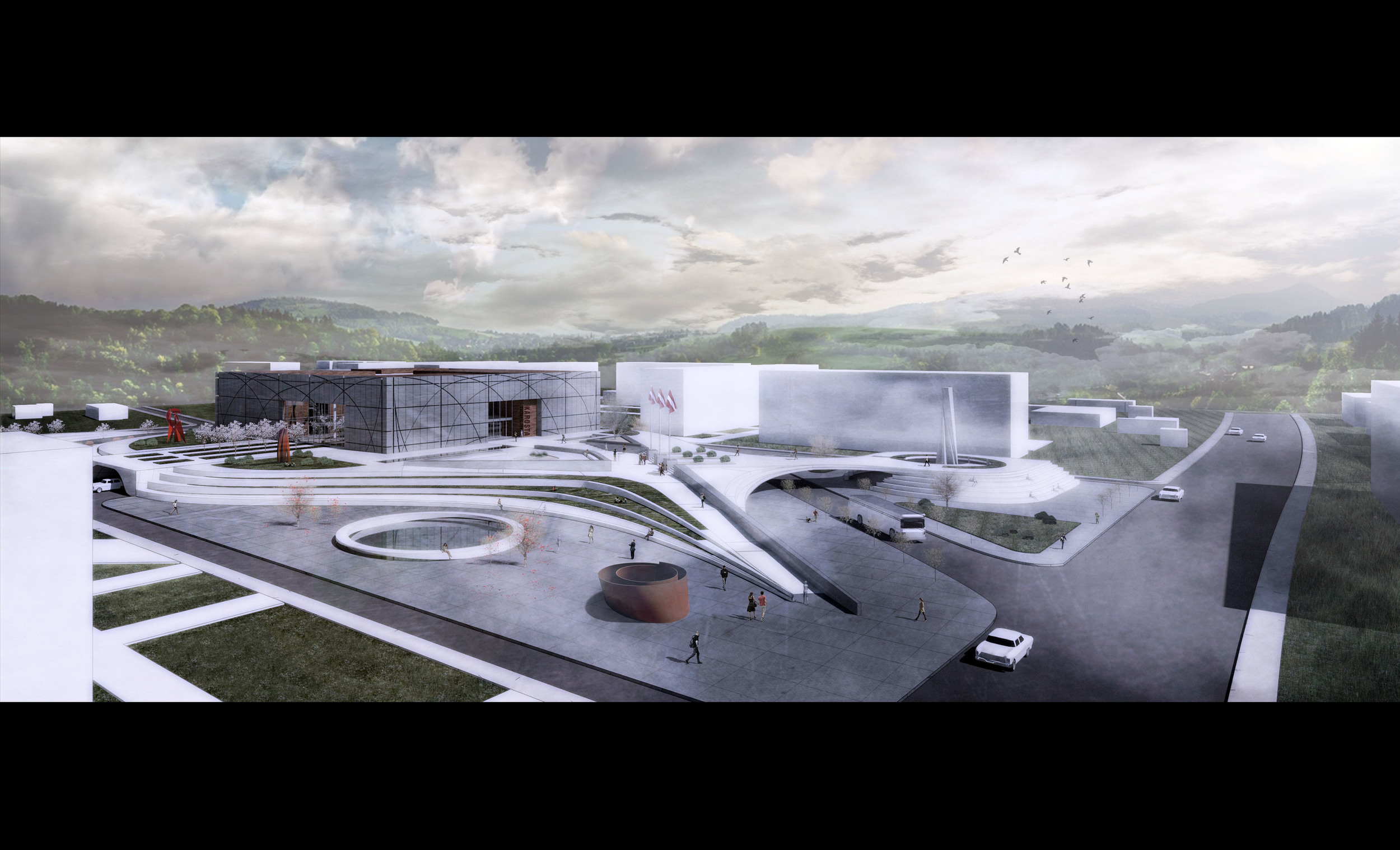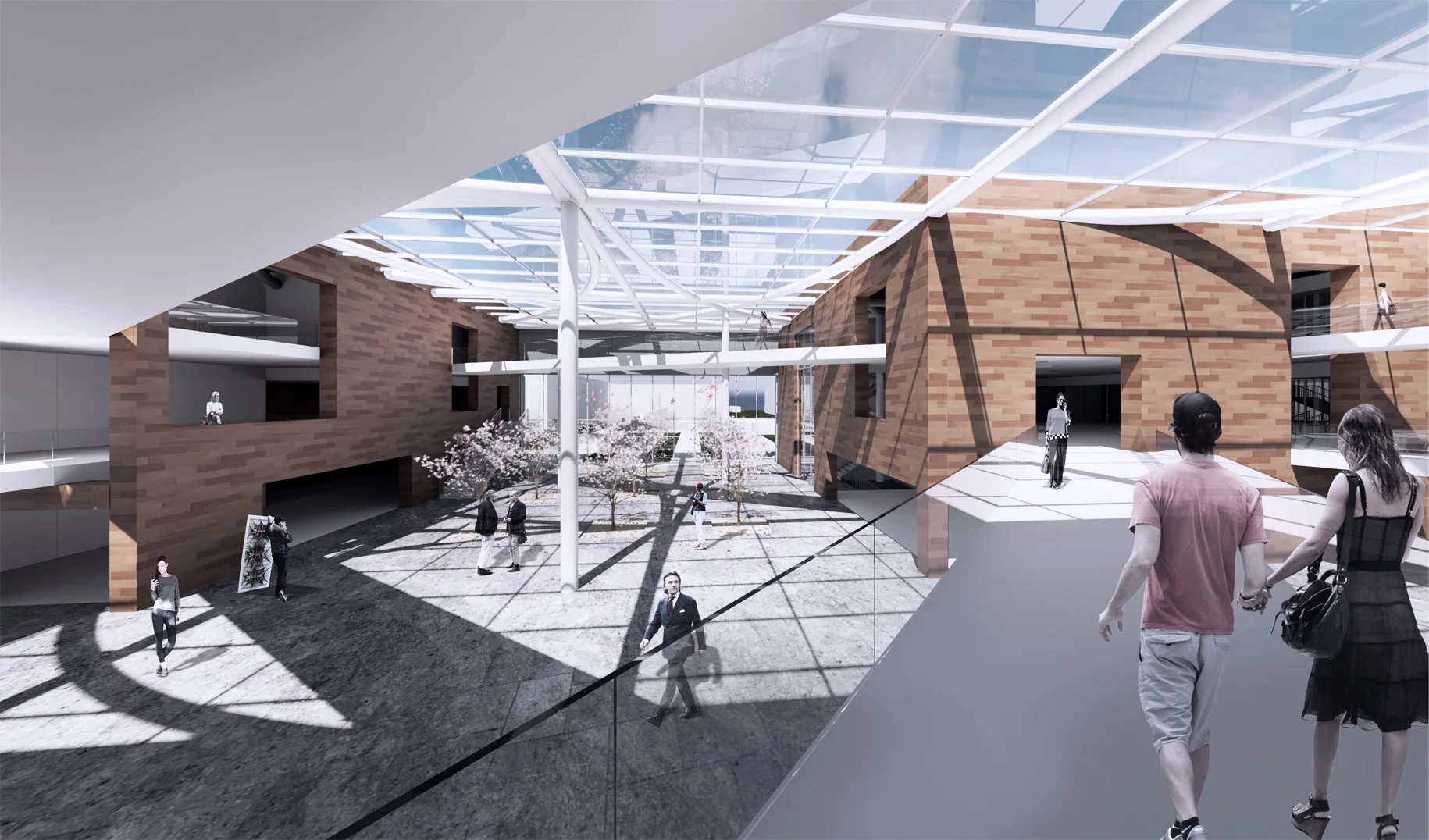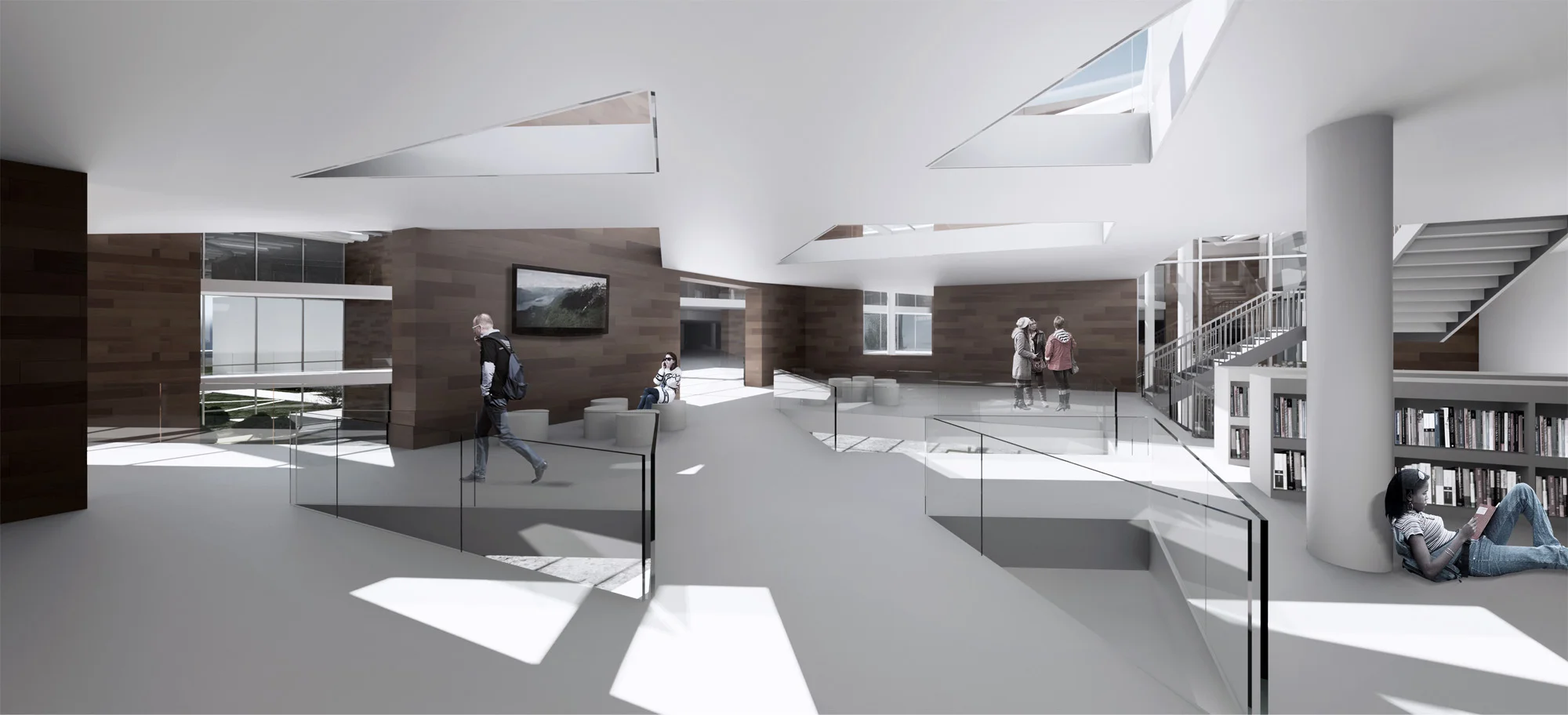WITHIN A CROSSROADS:
KAROSTA CULTURAL CENTER
Independent Competition
Ghost Town Competition
Autumn 2013
LATVIA
Since the independence of Latvia in 1990 and the exit of the Soviet military, the nation has been situated within a crossroads of geographical, historical, and cultural significance. With Estonia to the north, Russia to the east, Baltic Sea to the west, and Lithuania and Belarus to the south, Latvia becomes the multi-cultured melting pot among its neighbors.
LIEPAJA
The ancient city of Liepaja is one with deeply rooted traditions with an optimistic look toward the future. The city has been populated for 750 years and is an integral core of culture and history. Liepaja is proudly a city of contrasts transitioning from a former military city to a modern port city.
KAROSTA
The city of Karosta is an intense situation within Latvia and Liepaja. The proximity to the historical site of the extermination of 6,000 Jews, once being a secret military town for the Russian Empire, and the current state of sorrowful abandonment has created a beaten and bruised cloister within the “pearl of the Baltic Sea”.
This new architecture strives to prove that a forcible light can emerge from dark pasts and a ghostly present.
Resultant of Place & Program
Much like the remains of the old War Port, with its heavy concrete masses sitting stoically within the hills and waters near Karosta, this project pulls from these inspirational forms and creates a landscaped plinth that flows in and around the main building.
Reminiscent Paths
The new cultural center is the direct result of its given context and programmatic needs. The natural paths created by the people of Karosta through the fields and courtyards were cues to the use of this barren atmosphere. A lone bus stop was the destination and center point to these radiating paths, and thus, this became one of the conceptual drivers for the project. The idea of crossroads and branching paths out toward the surrounding context would inspire stimulation and growth of both people and city.
Connections Through Movement and Space
The notion of the cultural center being the nucleus of its surrounding context became realized by allowing the connecting paths to become the fingers that reach out to its neighboring environment. This can be seen in the construction of the plinth and its relationship to the many existing courtyards and adjacent roads
Further, internal connections within the building was important to the different required programs. In this case, the connections became celebrated in the form of bridges that puncture the programmatic masses inside. Conference Halls, galleries, a library, and restaurant are all encompassed in homogeneous wooden masses that are then pierced by these connecting bridges. This constant movement and visual interaction allows for a dynamic spatial experience and joins the programs with the people.
